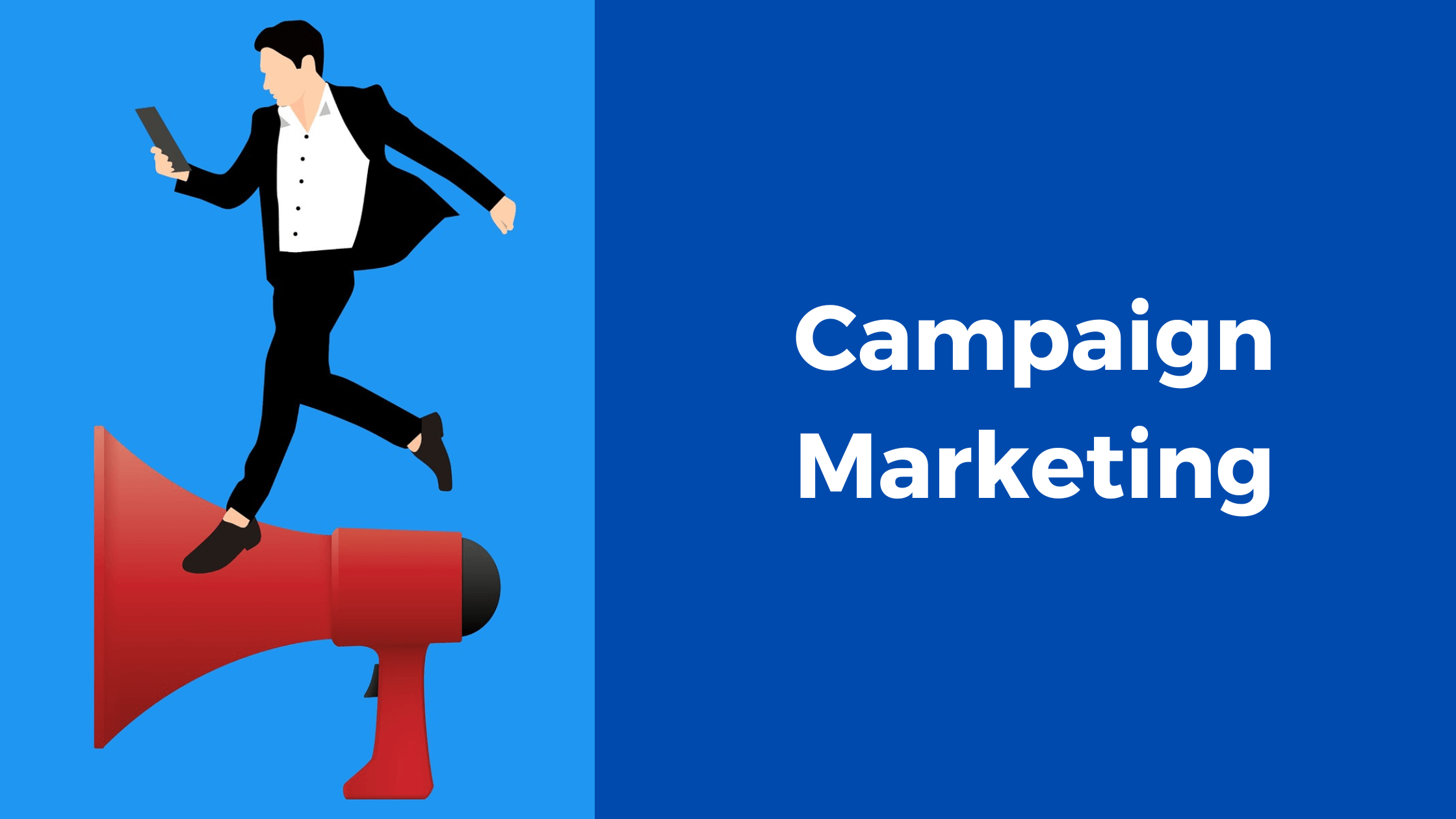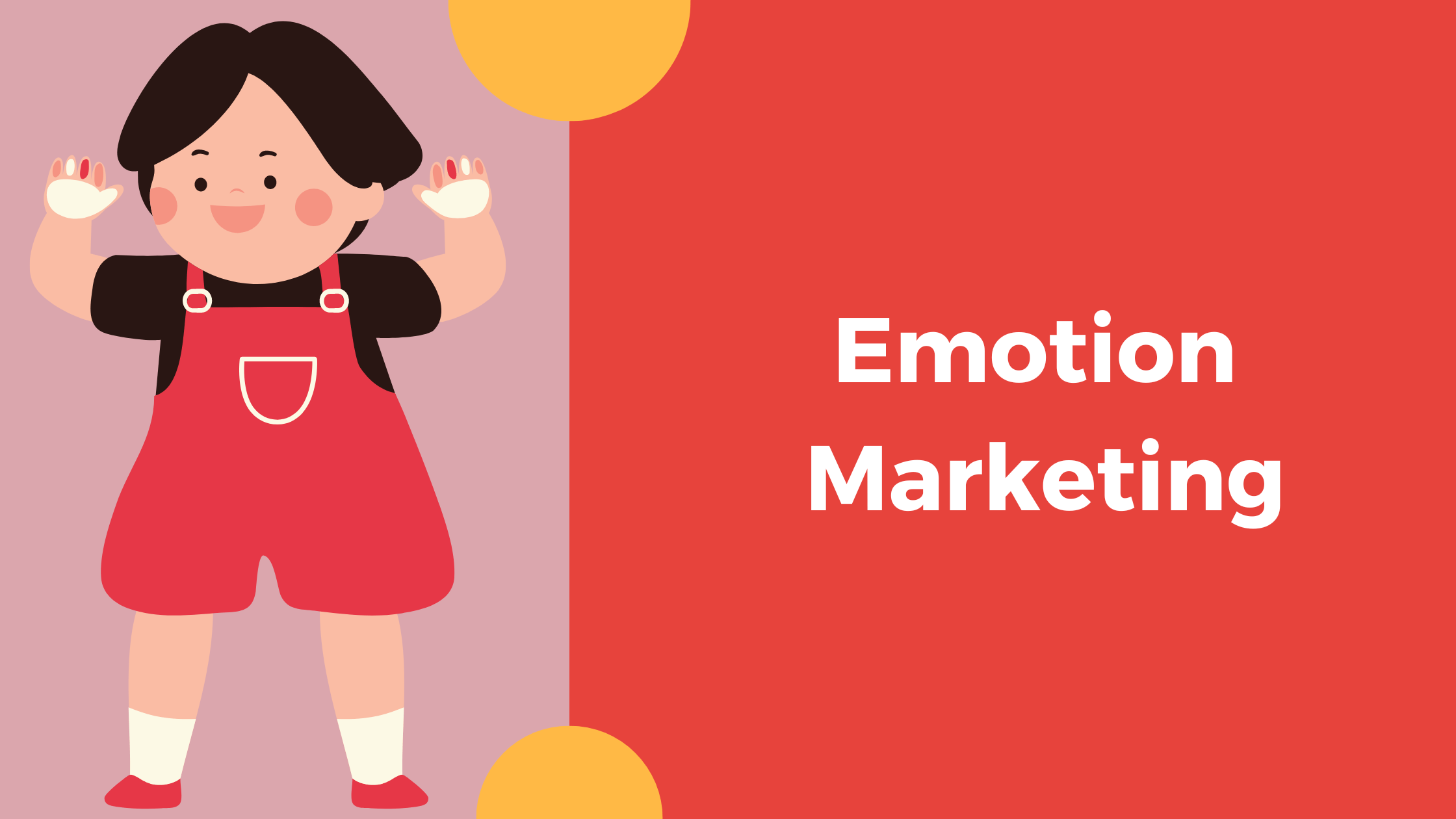Before understanding 9 types of marketing, let us first know about marketing. Marketing is the process of creating, communicating, delivering and exchanging offerings that have value for customers.
It involves identifying customer needs and wants. Developing products and services that meet those needs, promoting them through advertising and other forms of communication. Further, deciding on pricing and distributing them in ways that make them accessible and appealing to customers.
Marketing is a crucial component of any business or organization. It helps them to understand and connect with their target audience, build brand awareness and loyalty. This ultimately drive sales and revenue.
Effective marketing strategies can help businesses to differentiate themselves from their competitors. Hence, staying ahead of market trends and establishing themselves as leaders in their industry.
There are many different types of marketing. Each type of marketing has its own set of best practices and strategies. Further, businesses may choose to use a combination of different marketing channels to reach their customers. We will be mentioning here the 9 types of marketing.
Eventually, marketing plays a critical role in helping businesses to succeed in today’s competitive marketplace. As a matter of fact, businesses that invest in developing effective marketing strategies are more likely to achieve long-term success and growth. Select the suitable type from these 9 types of marketing.
9 Types of Effective Marketing
1. Affinity Marketing
2. Ambush Marketing
3. Buzz Marketing
4. Campaign Marketing
5. Clickbait Marketing
6. Emotion Marketing
7. Festive Marketing
8. Reverse Marketing
9. Surrogate Marketing
1. Affinity Marketing
Affinity marketing is typically used by businesses that have a complementary or related product or service. Also, they share a similar target audience. The partnership benefits both businesses by driving sales and building brand loyalty.
Through co-branding, two or more businesses collaborate to create a product or service that combines their brand names and/or logos. This can include joint promotions or marketing efforts.
By loyalty programs, business partners with another business to offer rewards or discounts to customers who use both products or services.
Likewise, business partners with a nonprofit organization to promote a shared cause or mission. The business may donate a portion of profits to the nonprofit or create a marketing campaign that promotes the cause.
By partnering with another organization, businesses can leverage the existing trust and relationship that the partner has with their customers. However, it is important to ensure that the partnership is mutually beneficial and aligned with both businesses’ values and goals.
2. Ambush Marketing
Ambush marketing is a type of marketing strategy where a company attempts to associate itself with a particular event. Also, sponsoring without having an official affiliation or sponsorship agreement.
The goal is to leverage the exposure and popularity of the event. This is for the purpose of promoting the company’s brand and products without incurring the costs associated with official sponsorship.
It can take many forms such as creating advertising or promotional materials that reference the event or sponsor. Setting up marketing stunts or activations in close proximity to the event. Ambush marketing is typically done in industries where sponsorship of events is expensive or exclusive such as sports or music events.
While ambush marketing can be a creative and effective way to generate brand awareness and publicity, it can also be controversial and can lead to legal disputes. Event organizers and sponsors may view ambush marketing as a threat to their exclusive rights and may take legal action to prevent unauthorized use of their brand or intellectual property.
Overall, ambush type of marketing can be a high-risk and at the same time high-reward strategy. Further, it requires careful planning and execution to avoid legal issues and negative backlash from event organizers and sponsors.
3. Buzz Marketing
Buzz marketing is also known as word-of-mouth marketing. It is a promotional technique that relies on generating excitement, interest and conversation about a product or service. This is done through informal and personal communication channels such as social media, influencer marketing and customer referrals.
The campaigns aim to create a “buzz” or buzzworthy experience around a product or service which encourages people to talk about it and share their experiences with others. This can help to create a sense of authenticity and credibility around the product or service. Additionally, people are more likely to trust recommendations from friends and peers than traditional advertising.
Another way is partnering with social media influencers or celebrities to promote a product or service to their followers. Also, using creative and unconventional marketing tactics such as street art or flash mobs to generate buzz and publicity.
Further, giving free samples or early access to a product or service to influential people such as bloggers or journalists. This is done that they will share their positive experiences with their audience. Encouraging satisfied customers to refer their friends and family to the product or service.
Buzz marketing is effective in industries that are highly competitive or where traditional advertising may not be effective. However, it is important for buzz marketing campaigns to be authentic, transparent and respectful of consumer privacy and preferences.
4. Campaign Marketing

Campaign marketing is a type of marketing strategy that involves creating a series of coordinated and integrated marketing activities. Typically over a specific period of time to achieve a specific marketing goal or objective. A campaign can involve a range of different marketing tactics such as advertising, promotions, public relations, social media and events.
These all work together to support a common message or theme. Campaign marketing typically follows a structured process that includes several key stages i.e., planning, execution, monitoring and evaluation.
Campaign marketing can be used for a wide range of marketing goals such as building brand awareness, increasing sales, promoting a new product or service or creating customer loyalty. Effective campaign marketing requires a deep understanding of the target audience and their preferences as well as a clear and compelling message that resonates with them.
Successful campaign marketing also requires a well-coordinated and integrated approach where all marketing tactics work together to achieve the desired outcome. A cohesive and consistent message across all channels and tactics is key to building momentum and achieving the desired results.
5. Clickbait Marketing
Clickbait type of marketing marketing refers to the practice of using misleading or sensationalized headlines, images, or descriptions to attract clicks and views to online content. The goal of clickbait marketing is typically to generate web traffic and increase engagement with the content which can translate into ad revenue or other benefits for the publisher.
Examples of clickbait type of marketing marketing techniques include using exaggerated language in headlines or descriptions using provocative images or video thumbnails that are not related to the actual content. Further, using false promises or claims to entice viewers to click through to the content.
While clickbait marketing can be effective in driving traffic and engagement, it is often criticized for being manipulative and deceptive. Consumers may feel misled or disappointed when they click through to content that does not deliver on the promises made in the headline or description.
In addition, many online platforms such as social media sites and search engines have taken steps to crack down on clickbait marketing by using algorithms to detect and penalize misleading or sensationalized content. This has made it more difficult for publishers to rely on clickbait marketing as a sustainable strategy for driving traffic and engagement.
Overall, while clickbait marketing may offer short-term benefits in terms of web traffic and engagement, it is generally not a recommended strategy for building long-term relationships with customers or establishing a trustworthy brand reputation.
6. Emotion Marketing

Emotion marketing also known as emotional branding. This is a marketing strategy that aims to create an emotional connection between a brand and its customers. The goal of emotion marketing is to tap into customers’ emotions, values and beliefs in order to create a deeper level of engagement and loyalty.
Like storytelling and using compelling narratives and characters to convey a brand’s values, purpose or mission. Tailoring marketing messages and experiences to individual customers’ preferences and needs.
Further, by aligning a brand with social or environmental causes that are important to customers. Additionally, using humor and wit creates a memorable and positive impression of the brand.
Emotion marketing is effective because it can create a strong and lasting connection between a brand and its customers. By appealing to customers’ emotions, brands can differentiate themselves from their competitors and establish a more meaningful and memorable relationship with their target audience.
However, it is important for brands to use emotion marketing in an authentic and transparent way without manipulating or exploiting customers’ emotions for commercial gain. Brands that are perceived as insincere or inauthentic in their emotional appeals can quickly lose credibility and damage their reputation.
7. Festive Marketing

Festive marketing refers to the practice of promoting products or services around specific holidays, festivals and other cultural events. This type of marketing is particularly popular during major festival holidays.
Festive marketing is effective because it taps into the excitement and emotional connection that people have with these holidays and events. By incorporating festive themes, colors, and messaging into marketing campaigns, businesses can capture consumers’ attention and make their products or services stand out in a crowded marketplace.
Businesses offer special discounts or deals during major holidays or events such as free shipping or a percentage off a purchase. Branding the product by incorporating holiday themes and colors into logos, packaging and marketing materials to create a festive feel.
Introducing special products or services that are only available during certain holidays or events such as limited-edition flavors or gift sets.
However, it is important for businesses to be authentic and respectful in their festive marketing efforts to avoid cultural appropriation or insensitivity.
8. Reverse Marketing
Reverse marketing is also known as reverse advertising or pull marketing. It is a marketing strategy where the consumer seeks out the product or service rather than the company pushing its products or services to the consumer.
Further, in reverse marketing, the company focuses on creating content or experiences that will attract potential customers and encourage them to seek out the company’s products or services.
By providing valuable content or experiences, the company builds trust and establish itself as an authority in its industry. This ultimately leads to increased sales and customer loyalty.
Creative contents such as blog posts, videos or e-books address the needs or interests of the target audience. Influencers having a large following in the target audience create content or experiences that promote the company’s products or services.
By optimizing the website and content to rank higher in search engine results, the company can attract potential customers who are actively searching for products or services in its industry.
Reverse marketing can be an effective strategy for building brand awareness and establishing trust with potential customers.
9. Surrogate Marketing
In surrogate marketing, company promotes a product or service indirectly by advertising or promoting a different product or brand. This is often done when a company is prohibited from advertising their main product or service due to legal or regulatory restrictions.
Certain products are banned from advertising in many countries. So, they may use surrogate marketing to promote other products that are associated with their brand such as clothing, accessories or music events. In this way, the company can still reach its target audience and build brand awareness without directly promoting their main product.
Surrogate marketing can be controversial. Because it may be seen as an attempt to circumvent legal or ethical restrictions on advertising certain products. Critics argue that it can be deceptive as well as misleading. Consumers may not realize that the advertised product is actually a promotion for a different product.
Despite these concerns, surrogate marketing continues to be used by many companies as a way to reach their target audience and build brand awareness.
Conclusion
These 9 types of effective marketing provide broader view. Each type of marketing has its own advantages and disadvantages. Businesses should carefully consider their goals and budget when deciding which strategies to use.
Ultimately, the most effective marketing strategy from these 9 types of marketing will depend on a variety of factors including the nature of the business, the target customers and the competitive landscape.

